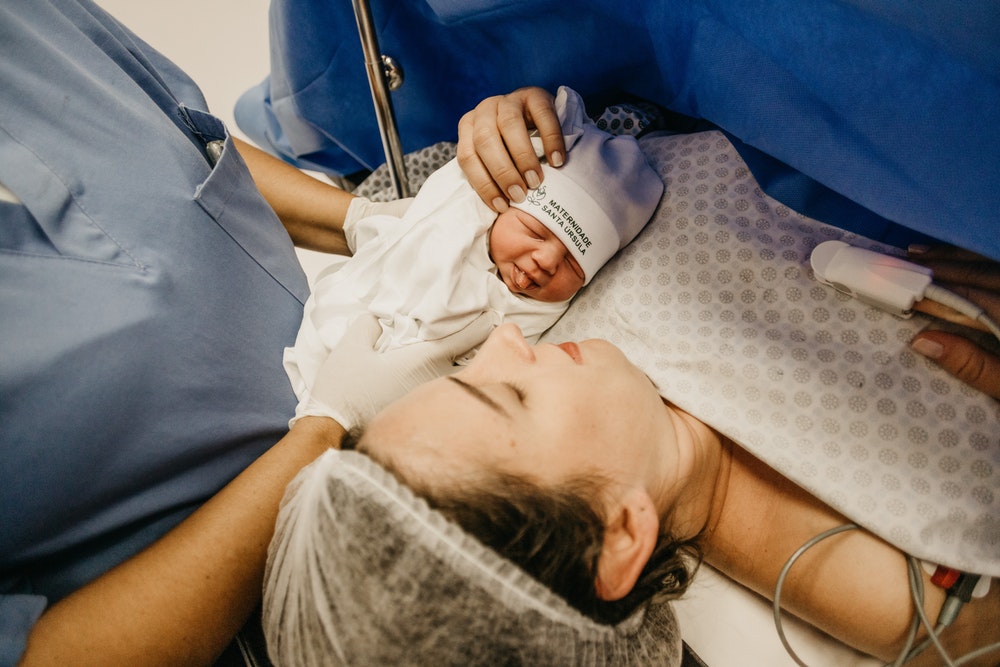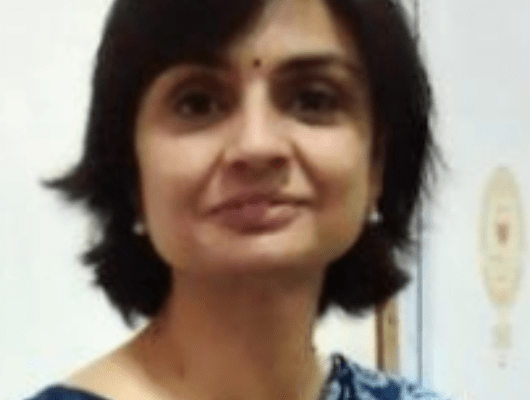An innate scholar with a passion for her profession and an active zeal to serve other women through her work, senior Gynaecologist and Professor Dr. Varuna Pathak from Gandhi Medical College, Bhopal, shares her views about medical interventions, health tips for women of all ages, and talks about the most challenging cases she has faced in her years of practice.
Tell us about yourself. How long have you been in this profession, and what are the kind of treatment interventions you specialize in within your field?
I have been in this profession for 18 years now, and as a Gynaecologist working in a public hospital, I end up managing a number of high-risk obstetrics and high-risk pregnancies, besides guiding natural and other deliveries. We often receive complicated and botched up cases referred to us by private sector doctors who are unable to manage them, and we have to often extend ourselves to safeguarding the patient and the new born.
You are a public health doctor. Do you feel there is a difference in the treatment approach by public sector doctor’s vs private sector doctors?
I work for a State Government run medical college. With due permission, we are also allowed to do our private practice. So, I deal with patients on both the sides. While I am the same doctor attending to patients on both the sides, the difference I find is in the kind of patients and families we come across. As a result, our approach to managing them has to be different.
Patients coming to a public facility are less informed, are often negligent about their health as compared to those coming to a private facility. A doctor in a government hospital has to specially counsel patients to take care of their health, remind them to take their medications, or undergo tests that they need. Private sector patients are more compliant and willing to take instructions from the doctor.
A major difference between the two that I personally find is also the complexity of cases we get. A public health doctor has to deal with cases of varying complexity because of either negligence on part of patient and their family or at times we get cases that have been botched up by non-qualified doctors from the private sector. They turn the patient to a Government facility when they are not able to manage it.
Lastly, in a Government facility, we can only prescribe medicines which are available through the approved channel and do have to conduct surgeries keeping in mind the facilities we have.
In the end, a doctor, in both the sectors, do provide various treatment options, discuss the pros and cons of a line of treatment and help the patients and families to make a consented choice.
There is a growing trend for doctors opting for caesarean births rather than normal deliveries. Is it because of the convenience of the doctors?
With respect to the two techniques, it is undoubtedly easier for a doctor to deliver caesarean births as compared to a normal delivery. If I take up a patient with a goal to have a normal delivery, I’m committed to giving at least 10-12 hours of attention to the patient. During this period, the whole risk of monitoring and preventing anything untoward lies on me. Natural births also come with added pain for the mother.
A C-section on the other hand requires only a couple of hours of time of the doctor and is also relatively painless for the mother as it is done under anaesthesia. I find so many educated and progressive mothers asking for a c-section because of both lesser pain as well as lower risk for the baby involved in it.
Personally, I recommend young mothers should be brave, and doctors should be patient, and opt for more natural births as the residual advantages are high for both the mother and the baby. Naturally born babies have stronger immunity and ability to fight diseases even during the later years of their lives.
According to me, a key barrier and anomaly that exists in the popular practice is that the consultation fee paid to a doctor for a C-section is much higher than a normal delivery. Ideally it should be vice-versa or at least the same, as the doctor has to work harder in a normal delivery.
Nevertheless, as long as the end outcome is good – a healthy mother and a healthy baby, the choice of the procedure is of lesser consequence.
As a gynaecologist what are your top 2-3 advises for women at various stages of life to take care of their reproductive health and health in general:
Since most girls start with their menstruation during the early teen years, the foremost advice I would give to teenagers is to take care of their diet, include leafy vegetables and fruits and keep their haemoglobin levels in check as menstruation affects your haemoglobin levels. Low levels of haemoglobin can result in lack of concentration, hair loss, and reaching negative iron balance.
A general advice I give to all menstruating women is to pop an iron tablet when you’re about to get your periods to compensate for the blood loss and iron-deficiency triggered anaemia.
Sexual responsibility, like getting tested for STIs and safe sex, is also something all young women, and not just adult married women should care about. Reproductive infections like HIV, Hepatitis B, chlamydia (which damages the fallopian tubes), once contracted with will not give you a second chance. So, it’s important to take responsibility of your reproductive health.
Mothers and women entering menopause, can confront many health issues. At the topmost is the psychological shock and mood swings which come when the hormones are getting withdrawn from your body, can be difficult to manage. Women need to adopt beneficial mental and physical habits like regular exercise, a balanced diet, engaging yourself with your personal interests- essentially, a holistic healthy lifestyle.
Are there any regular health checks that a woman must run to safeguard herself from dreading diseases like cervical cancer, ovarian cysts and ovarian cancer?
Today there are vaccines available for human papillomavirus (HPV) which causes cervical cancer in women. There are also regular screening protocols to follow and screening tests like pap smears (a medical test for detecting cervical cancer). Pap smear tests are recommended for women from the age of 21-65.
Conditions like ovarian cancer, on the other hand, are tricky to catch. Women can spend months without showing the symptoms and ruling it out as a sign of indigestion. Transvaginal sonography is a test to check for ovarian cancer and also for endometrial or uterine cancer. The ultrasound probe is placed inside the vagina to check the uterus, ovaries, cervix and pelvic area.
Women should also get mammography tests for early detection and diagnosis of breast diseases.
The approach is to catch a disease before its symptoms are vigorous, as then there is a better chance of management and survival. So, women need to be more sensitive, vigilant and regular about their health checks.
What is the most difficult medical case that you have solved? What was the case and how did you solve it?
One and a half years ago, I had a patient who had suffered nine miscarriages. She used to miscarry each time around two and a half months into her pregnancy; it almost became like a habit to her. We treated her at our Government hospital and finally, using a diligent protocol, help from new advances in medicines and treatments, she was able to hold the baby in her 10th attempt.
I remember the emotional moment for her when we were in my OPD and she placed her hand over mine and said, “madam, ye wala toh ho rha hai!.” (“madam, this one is moving!). Soon after, she gave birth to a beautiful daughter.


